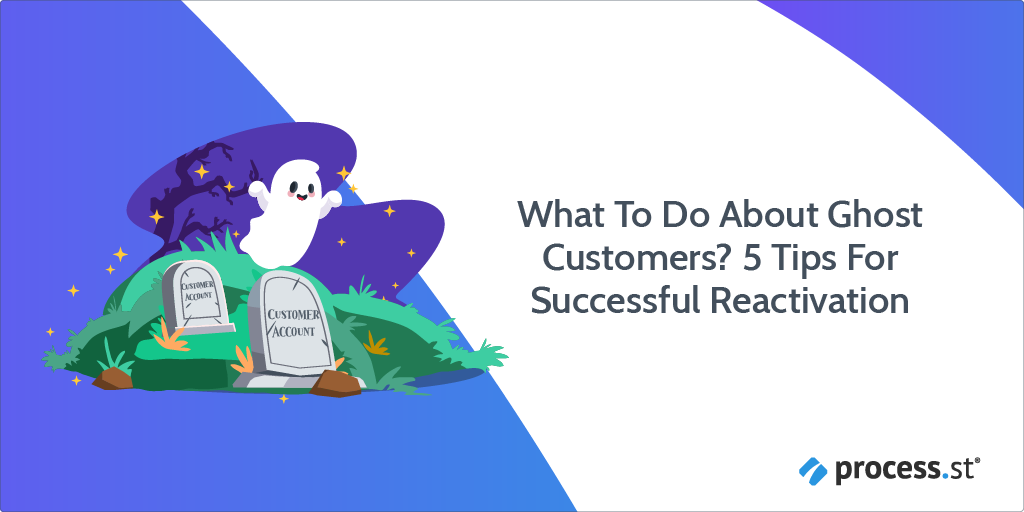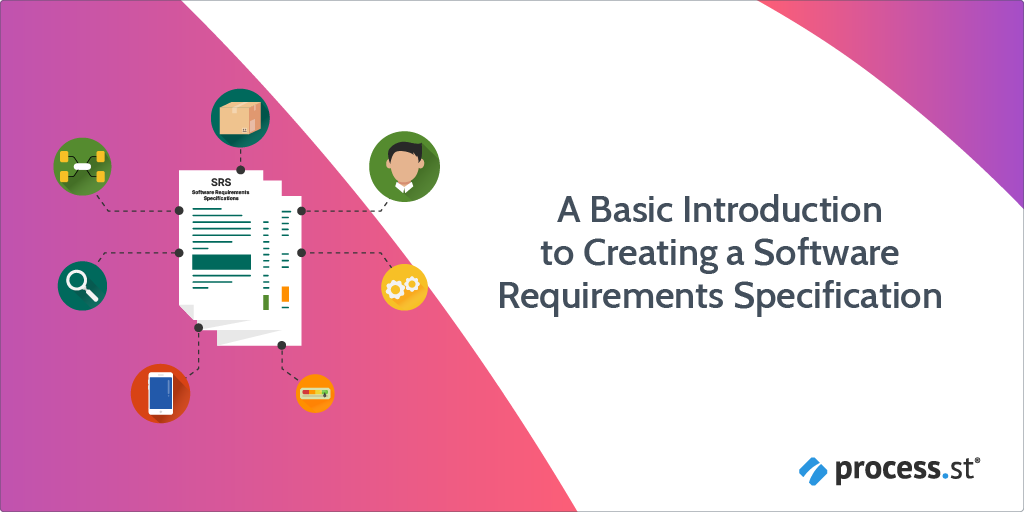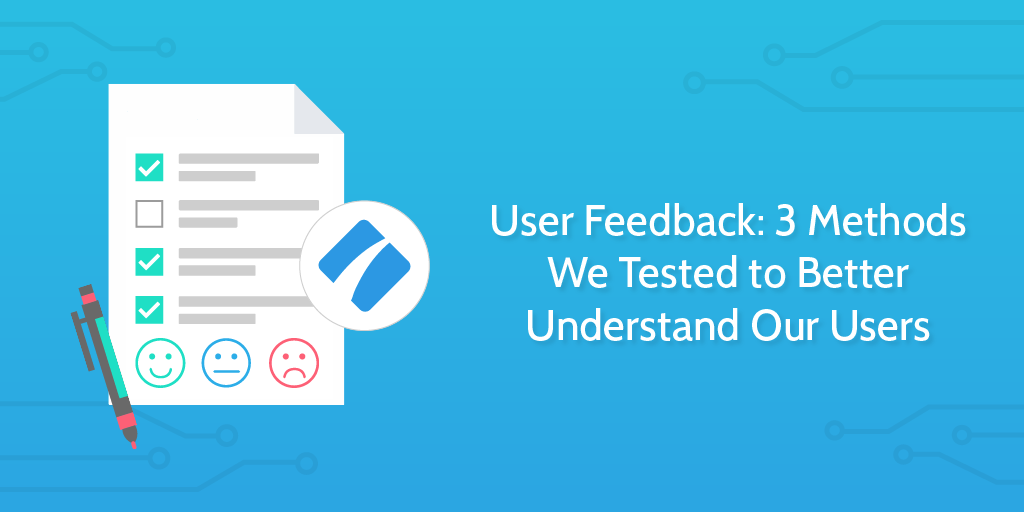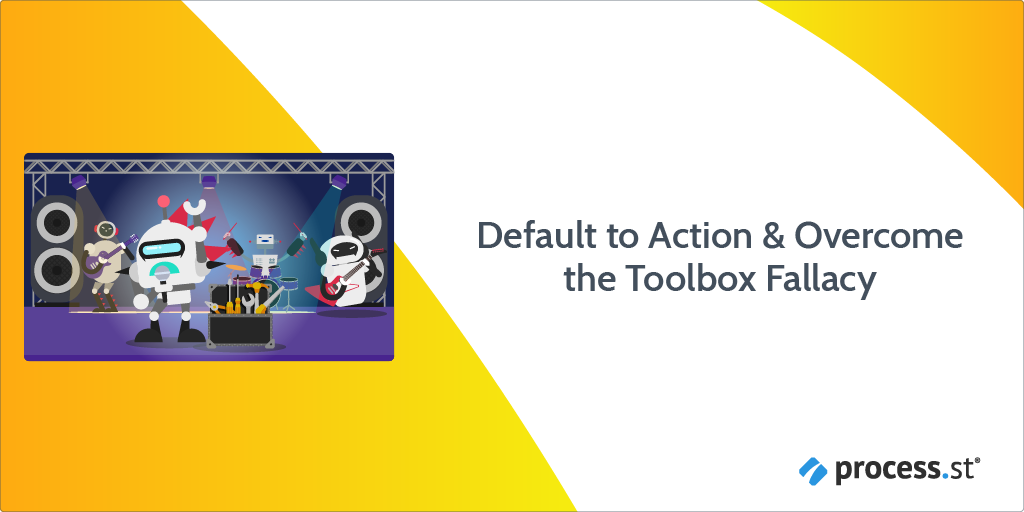
How do you reactivate ghost customers?
Well, let me explain.
During the second world war, a young soldier from Lille attended a dance for servicemen about to be deployed. One woman caught his eye, and eventually, he worked up the nerve to ask her to dance.
Thinking that he would ask again – as most of the other young men would – she politely declined. The young soldier was shy, though, and took her refusal at face value. Not knowing her name or if he would even return, the young soldier went off to war.
Nearly a century later, their granddaughter – my very closest friend for all of three days – told me the story as we drove through the French countryside between Lille and Arras.
We love stories like that – the romance of chance encounters, unintended separations, and reunions that could only be an act of fate. Maybe it’s having an answer to the so-often unanswered question What might have been? that’s the thing that really resonates. Personally, I’m just really nosy and I like stories.
While most of us have some variation of “a friend of a friend’s second cousin’s grandmother was reunited with her first love by total accident,” the truth is, we rarely experience these reconnections without some sort of deliberate effort by one or both parties.
But we lose touch with people all the time. High school best friend. University mentor. Pick-up game buddy. Customer whose payment didn’t go through and involuntarily canceled their subscription to your service because they didn’t realize it.
Happens all the frickin time. But there is no missed connections column for lost customers. If you want them back, you’re going to have to be proactive. Fortunately, not only am I good with stories, but I’m pretty good at solving problems, too. (Or, at least, nagging our CS and Ops Team Manager, Blake Bailey, until he spills all his secrets.)
Either way, in this Process Street post, I’ll share the 5 things you need to know to put some life back into those ghost customers haunting your MRR.
Let’s reconnect!
Continue Reading
 Adam Schweickert at Wetmore Consulting Group uses Process Street to help their clients document, improve, and automate their processes.
Adam Schweickert at Wetmore Consulting Group uses Process Street to help their clients document, improve, and automate their processes.








 Welcome emails are the one email you should be sending.
Welcome emails are the one email you should be sending.




